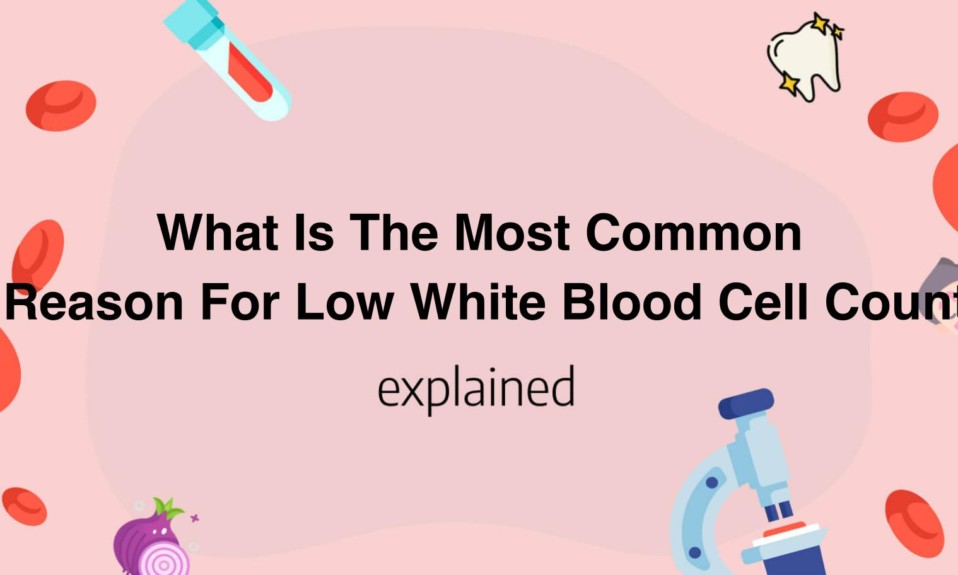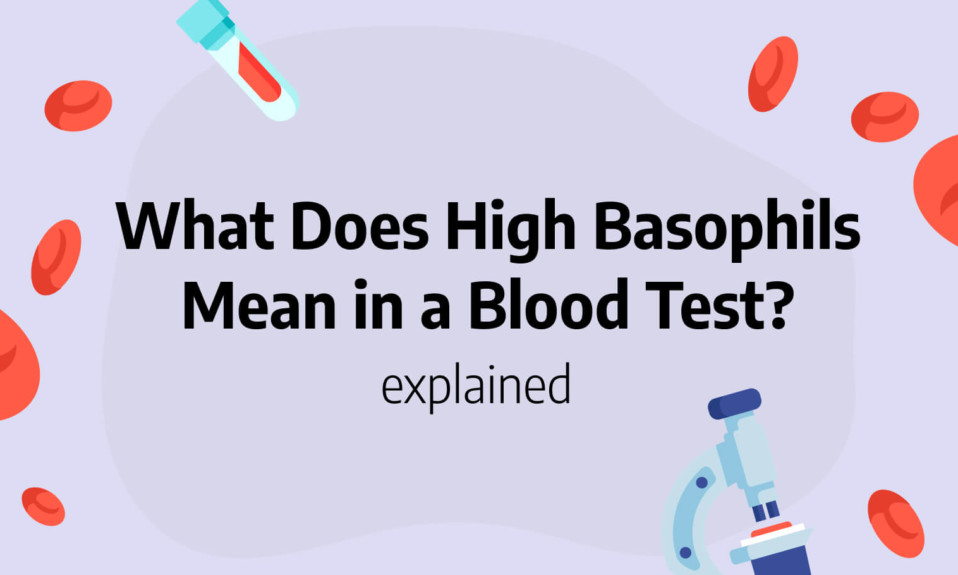Giant platelets also called Bernard-Soulier syndrome, also known as hemorrhagic thrombocytic dystrophy, is an extremely rare hemorrhagic disorder.
It combines a quantitative (thrombocytopenia) and qualitative platelet defect.
What are giant platelets?
Bernard-Soulier syndrome (BSS) or giant platelets disorder is an extremely rare inherited blood disorder.
It is characterized by a low platelet count with abnormally large and poorly functioning platelets. Platelets are cells that circulate in the blood.
Their main function is to stop bleeding.
When a blood vessel is injured, platelets attach to the site of injury, become activated and bind to each other.
In BSS, platelets are reduced in number (thrombocytopenia). In the severe form, the platelets cannot properly adhere to the vessel wall and effectively stop bleeding in the event of a vascular breach.
In the minor form, there is a moderate isolated thrombocytopenia.
What causes giant platelets?
Giant Platelets disorder or Bernard-Soulier syndrome is a disease of the blood platelets that prevents them from adhering to the site of a vascular injury that causes bleeding.
The disorder is also responsible for a defect in platelet production, which results in thrombocytopenia.
This disease is caused by a genetic abnormality that can affect two genes. These genes code for two linked proteins on the surface of platelets: this protein complex is called glycoprotein 1b/IX/V (for simplicity, it is also called the platelet Willebrand factor receptor).
When this receptor is absent or does not function properly, platelets fail to adhere to the surface of the blood vessel at the site of the vascular injury and are poorly produced.
The mode of inheritance of BSS is autosomal recessive, meaning that the patient carries two copies of the mutated gene, inherited in most cases from the parents, and both parents must carry a copy of the defective gene (even if they do not have the disease) to pass it on to their child.
Like all disorders that are passed on in this way, it is most common in areas of the world where marriage between close relatives is common. BSS affects both men and women.
Giant platelet disorder can be either severe or moderate.
What are the symptoms of giant platelet disorder?
People with BSS usually show signs of mucocutaneous hemorrhage in their first year of life. The main symptoms are:
- Purpura (bruising just under the skin)
- Nose bleed (epistaxis)
- Bleeding gums (gingivorrhagia)
- Heavy periods (menorrhagia)
- Gastrointestinal bleeding and urinary tract bleeding (in rare cases)
The symptoms of Bernard-Soulier Syndrome are variable and depend on the severity of the deficit and the patient’s exposure to high-risk situations such as trauma and surgery. Symptoms include bleeding from tongue biting or tooth piercing in children.
Menorrhagia is a major bleeding problem in women after puberty.
How to treat Bernard-Soulier Syndrome?
The diagnosis is based on the presence of a decreased platelet count associated with giant platelets, an absence of platelet agglutination induced by ristocetin and a reduced or absent expression of the GPIb-V-IX complex on the surface of platelets.
The center will make the diagnosis, provide information on the disease (transmission, etc.) and on all the measures needed to control the risk of bleeding on a daily basis (contraindicated medications, vaccinations, dental care, sports activities, travel, etc.).
The treatment will depend on the context and the severity of the bleeding. Local maneuvers (prolonged compression on the bleeding lesion, mechamining in case of epistaxis) and the administration of antifibrinolytics may be sufficient.
Stopping major bleeding and surgical prophylaxis are most often assured by platelet transfusion. The prognosis is generally good with appropriate treatment.
Diagnosing Giant Platelet Disorders
Blood smear examination is essential for identifying giant platelets and diagnosing related disorders. Under microscopic evaluation, these platelets appear significantly larger than normal—often as large as red blood cells—and may exhibit abnormal shapes or granulation patterns.
Complete blood count (CBC) typically reveals thrombocytopenia (low platelet count) alongside the presence of large platelets. The mean platelet volume (MPV), which measures average platelet size, is notably elevated in these conditions.
Genetic testing has become increasingly important in diagnosing specific giant platelet disorders:
- For Bernard-Soulier Syndrome, tests focus on identifying mutations in the GPIb-IX-V complex genes (GP1BA, GP1BB, GP9).
- May-Hegglin anomaly and related MYH9 disorders can be confirmed through testing for mutations in the MYH9 gene.
- Gray platelet syndrome involves testing for mutations in the NBEAL2 gene.
Flow cytometry helps assess platelet function and surface protein expression, particularly useful in Bernard-Soulier Syndrome where reduced or absent glycoprotein Ib-IX-V complex can be detected.
Platelet aggregation studies reveal characteristic patterns of dysfunction, showing impaired response to specific agonists like ristocetin in Bernard-Soulier Syndrome.
Early and accurate diagnosis is crucial as it guides appropriate treatment strategies and helps predict potential complications before they become life-threatening. Many patients with undiagnosed giant platelet disorders are initially misdiagnosed with immune thrombocytopenia (ITP), leading to inappropriate treatments.










